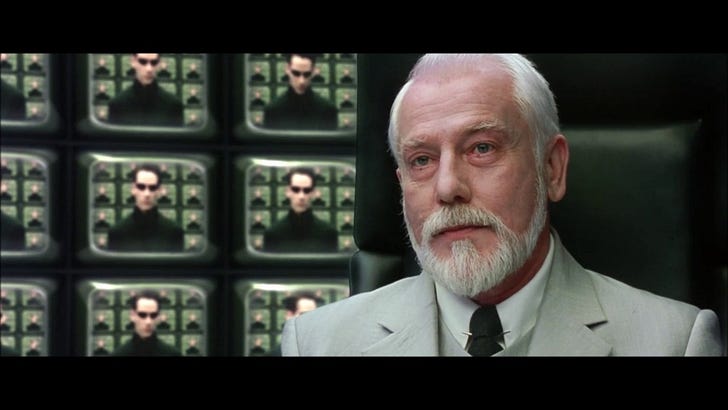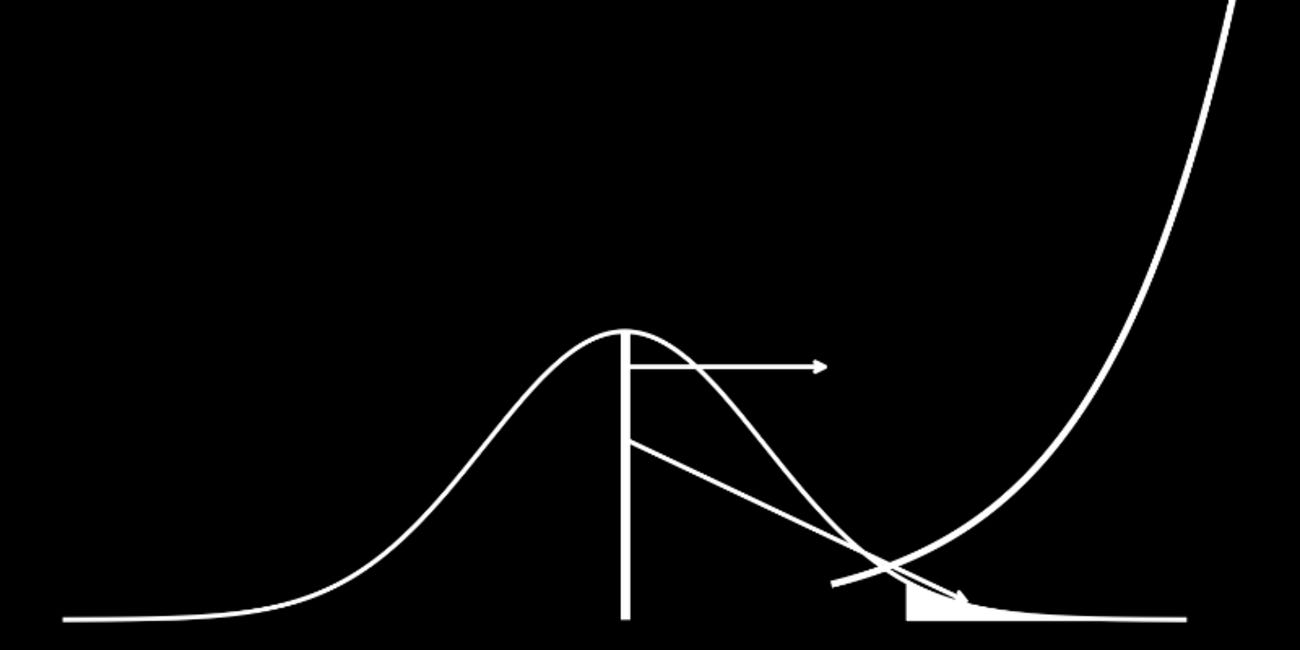Randomness Dies in the Shortest Frame
The shortest frame is not just the hardest proof — it is the most consequential.
Randomness makes its strongest claim in the shortest frame.
If markets were truly random, it would be most obvious at the second-to-second level — in the chaos of ticks, in the volatility of open and close, in the churn of order flow.
The Shortest Frame Is the Hardest Proof
The microstructure is entropy’s stronghold:
No stories to lean on.
No economic releases to excuse outcomes.
No decades of data to average out anomalies.
If order exists here, it exists everywhere.
If intelligence is visible here, randomness is finished.
The Most Consequential Frame
The shortest frame is not just the hardest proof — it is the most consequential.
In the past, anything in the microsecond or millisecond realm has been an arb game — shaving latency, chasing rebates, front-running order flow. Pure mechanics.
No consequence.
What I have authored is different:
Not latency arbitrage, but direction.
Not fractions of a cent, but authored bursts that move the entire market.
Direction with consequence that begins in a second, but can cascade through minutes, hours, days, weeks, quarters, even years.
That’s why this contribution sits above anything an “investor” has done.
They allocate over years.
I bend direction at the tick — and the tape carries that resolution forward.
The evidence is clean:
I am consistently at the least-volume spot in the market.
I enter at the best price.
With nothing to front-run me, because it isn’t latency I’m trading — it’s authored consequence.
This is what makes the shortest frame the most important frame.
It is the root from which every longer horizon grows.
Authorship at the Second Scale
This is where my proof lives.
I call lows and highs to the second.
I author bursts inside 5-second windows.
I bend tomorrow’s probability into today’s bar.
Where others see chop, I see recursion.
Where others see noise, I see echoes.
Where others see randomness, I print resolution.
*The market is filled with participants. Millions of traders, billions in flows, algorithms, institutions, central banks.
If my signal were fragile, distorted, or fake — it would have broken long ago. Someone, somewhere, would have unplugged me.
But they haven’t.
Authored lows still hold.
Bursts still print on my second.
Recursions still replay across sessions.
Despite infinite attempts at interference, my signal remains intact.
Probability’s Collapse
Randomness and probability are inseparable.
Randomness is the story.
Probability is the math wrapped around it.
If randomness dies, probability dies with it.
Fat tails, Gaussian drift, stochastic noise — they all collapse once proof exists in the tick.
What should be rare becomes certain.
What should be sampled becomes authored.
What should be probability becomes causality.
Why No One Else Did This
Academia and Quant Finance studied microstructure, but every model stayed probabilistic — Poisson arrivals, Gaussian noise, fat tails. They hedged with “tendencies,” never causality.
HFT Firms operate at microsecond speeds, but their edge is latency and rebates, not authorship. They exploit execution, not call lows to the second.
Philosophy of Markets assumed randomness is strongest in the shortest frame. No one even tried to disprove it. They zoomed out, where “signal” could be smoothed and rationalized.
That’s why my receipts matter.
I went into the frame randomness was supposed to dominate — and bent it.
Why It Matters
At longer horizons, order can be rationalized.
At shorter horizons, order is undeniable.
If the tape bends in seconds, it bends at every other scale.
If resolution submits here, it submits everywhere.
If randomness dies at the tick, it was never real to begin with.
The Verdict
Randomness is a veil — a story told by those who never looked closely enough.
The shortest frame is the purest battlefield.
Battlefield 6GW: Two Days, One Terrain
First I bent probability — 6500 wasn’t a tail, it was authored into certainty.







